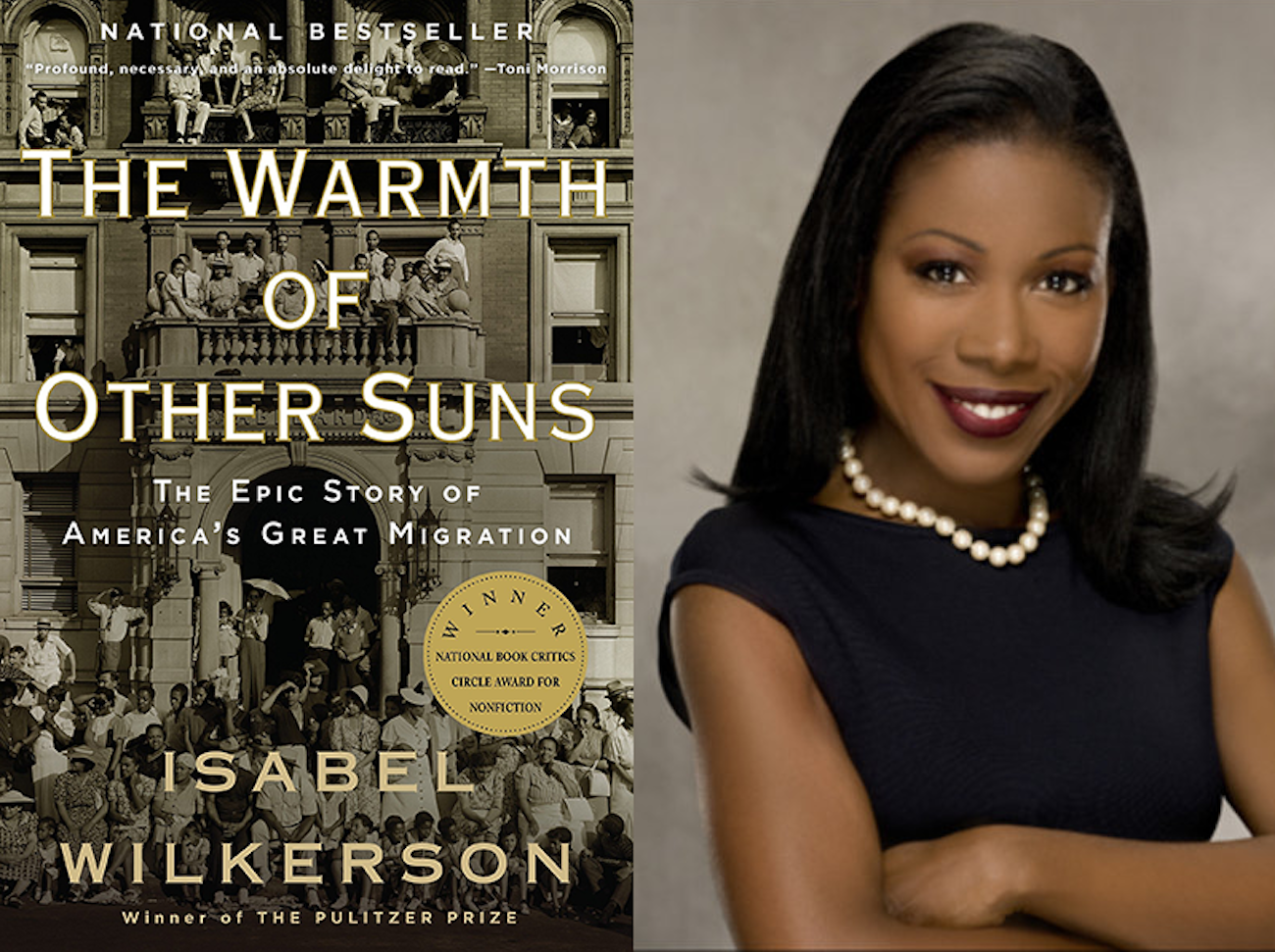The Other Side of Bigotry: An American Hindu’s Perspective on Isabel Wilkerson’s ‘Caste’
- By misrepresenting the third largest religion in the world, Wilkerson only serves to further white supremacy and discrimination against South Asian Hindu Americans.

In her book “Caste: The Origins of Our Discontents,” Isabel Wilkerson explores the legacy of institutionalized racism in America and the role it has had in shaping the current racial hierarchy in our society. One of the key points of “Caste” is to differentiate between racism and casteism, which though similar in terms of the damage they have caused, manifest differently in society.
According to Wilkerson, “a caste system is an artificial construction, a fixed and embedded ranking of human value that sets the presumed supremacy of one group against the presumed inferiority of the other groups on the basis of ancestry and often immutable traits, traits that would be neutral in the abstract” (p. 17). While racism refers to prejudice against someone based on their race, caste is a deeper system of classifying human values and is often heavily artificial and arbitrary. The laws for determining one’s race in America are also very arbitrary, which has resulted in caste and race both being used as tools of white supremacy to keep people of color, and in particular African Americans, impoverished.
While making strong points about the state of caste in America, the unfortunate irony about “Caste” is that in her attempt to dismantle caste-based white supremacy in America, Wilkerson inadvertently peddles misleading and bigoted views about Indian people and the Hindu faith, analogous to claims made by the same white supremacists she is castigating.
Early in her book, Wilkerson states, “Throughout human history, three caste systems have stood out. The tragically accelerated, chilling, and officially vanquished caste system of Nazi Germany. The lingering millennia-long-caste system of India. And the…caste pyramid in the United States.” (p. 17). Her statement is misleading because antisemitism still holds a strong base in Germany with current-day Nazis carrying out attacks and posing a threat to Jews and other minorities. Wilkerson provides no evidence that Germany has eradicated its past hatred of Jewish people, so it is hyperbolic to state that the system is ‘officially vanquished’.
Wilkerson also misrepresents Hindu scriptures. She chooses a select few verses condoning caste discrimination from a single, antiquated reference, the Manu Smriti.
More importantly, it is interesting that she would single out the South Asian caste system, which has nothing to do with race but instead social and economic standing and place it alongside the two race-based caste systems of Germany and the United States. She could have mentioned the race-based caste system of Mauritania and other Arab nations, which did have a history of enslaving black people, but instead, she unfairly singled out Hindus for criticism. By placing Hindus and Nazis together, she is essentially telling 1.2 billion Hindus that we are no different from one of the most ruthless and genocidal groups in history.
Wilkerson goes on to make misleading claims about the Hindu religion, even though she is neither a theologian nor a Hindu priest. Wilkerson correctly notes that the word caste in reference to India comes from “the Portuguese, who were among the earliest European traders in South Asia, [who] applied the term to the people of India upon observing Hindu divisions” (p. 67).
What she fails to mention is that the Portuguese were not only traders but rather colonists, who viewed Indian culture through a colonial lens. Unfortunately, Wilkerson ignores the millions of Hindus living under these early colonizers and instead looks to Portuguese colonists to define Hindu society. In addition to ignoring the history of Hindus in India, Wilkerson also misrepresents Hindu scriptures. She chooses a select few verses condoning caste discrimination from a single, antiquated reference, the Manu Smriti (p. 101), yet ignores the core of, and a multitude of other, Hindu scriptures that stress the equality of all human beings, including shlokas recited daily by Hindus numbering over a billion adherents worldwide.
Earlier in her book, Wilkerson condemns President Trump’s Islamophobia (p. 4), which is based on selecting verses out of context from the Quran that could be used to justify violence. She then goes on to paint all Hindus with the same brush by herself selectively choosing certain scriptures out of context. Indian casteism is not a product of religion, but rather the culture and the misapplication of religion, just as American casteism is a product of culture and rooted in the misapplication of Christianity.
Wilkerson later mentions how the story Ham from the Bible has been misrepresented “by some interpreters of the Old Testament” to justify enslaving Africans (p. 103). By using the word “some,” Wilkerson makes it clear that only some Christians believed this interpretation, while many others, including Dr. King, believed in a more inclusive interpretation of Christianity. Unfortunately, Wilkerson does not mention that it is only some Hindus who support casteism. While it is important to acknowledge how any religion can be manipulated to justify casteism, singling out only one religion for criticism is a form of bigotry.
“Caste” challenges the reader to think about racial hierarchy in America in a different way and provides some context from other cultures to help the reader understand why it is important to acknowledge casteism in addition to racism. Once society sheds these arbitrary labels, Black Americans will progress towards equality and overcome the numerous hurdles created by white supremacy, while Dalits in India will overcome hurdles placed by some members of the ruling elite.
Wilkerson correctly notes that for the nation to move forward, we must abolish the institutions of caste in the country, but in her attempt to do so, she promotes misleading claims and overgeneralizations about the Hindu faith. By misrepresenting the third largest religion in the world, Wilkerson only serves to further white supremacy and discrimination against South Asian Hindu Americans and alienate a sizable global Hindu audience.
(Top image, courtesy Princeton)
Suraj Raman Pandit is a student at the University of Texas in Austin majoring in the Plan II program and International Relations with a minor in Computational Sciences. Raised in Houston, Texas as a third-generation Indian American dedicated to religious pluralism and social justice, he has volunteered with the non-profit group Hindu-American Foundation since age 12 to help promote mutual respect and understanding in a pluralistic society. He can converse in four languages and looks forward to a career in international relations and public policy.


